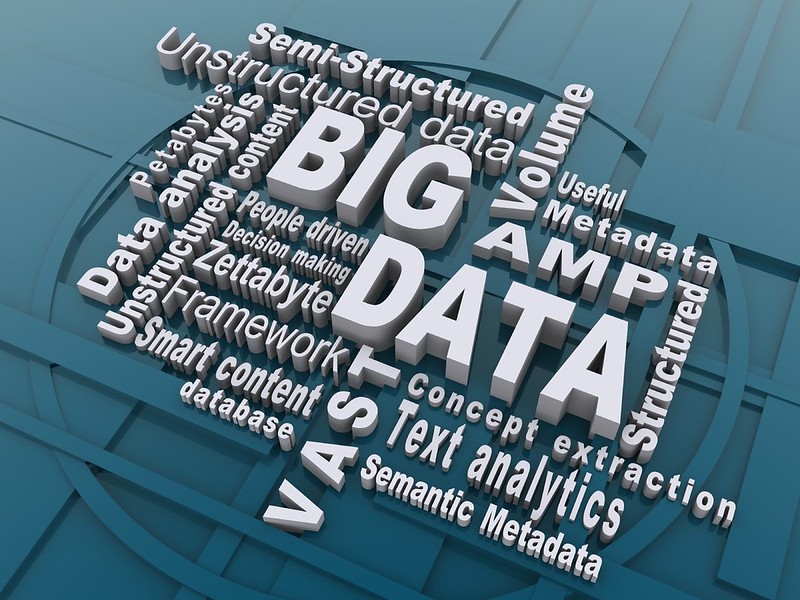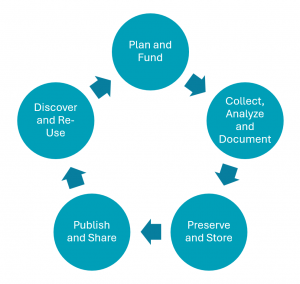1. Introduction to research data management
Research data are an essential part of research, and they might even be the most important output of research projects. Although “data” often refers to digital format, the term “research data” refers to any material you use and analyse in your studies, including physical material (e.g., samples).


To consider
- What kind of research data do you produce or use?
- What kind of challenges relate to the management of your research data?
Watch the video
The FAIR principles support good data management, CSC (1:44)

To consider
- How can you follow FAIR principles with your data management?
- How could another researcher, or someone else interested in the topic, find your research data or information about it?
- How could your data or its metadata be accessed?
In a nutshell
research data management concerns data
- creation and reuse and planning for their use
- organisation, structure and naming
- preservation and management during and after the research in a secure manner (storage, backup, access)
- sharing with collaborators
- publishing or opening.
In the following chapters of this learning material, different aspcets of research data management are discussed in more detail.
(2024-12)


